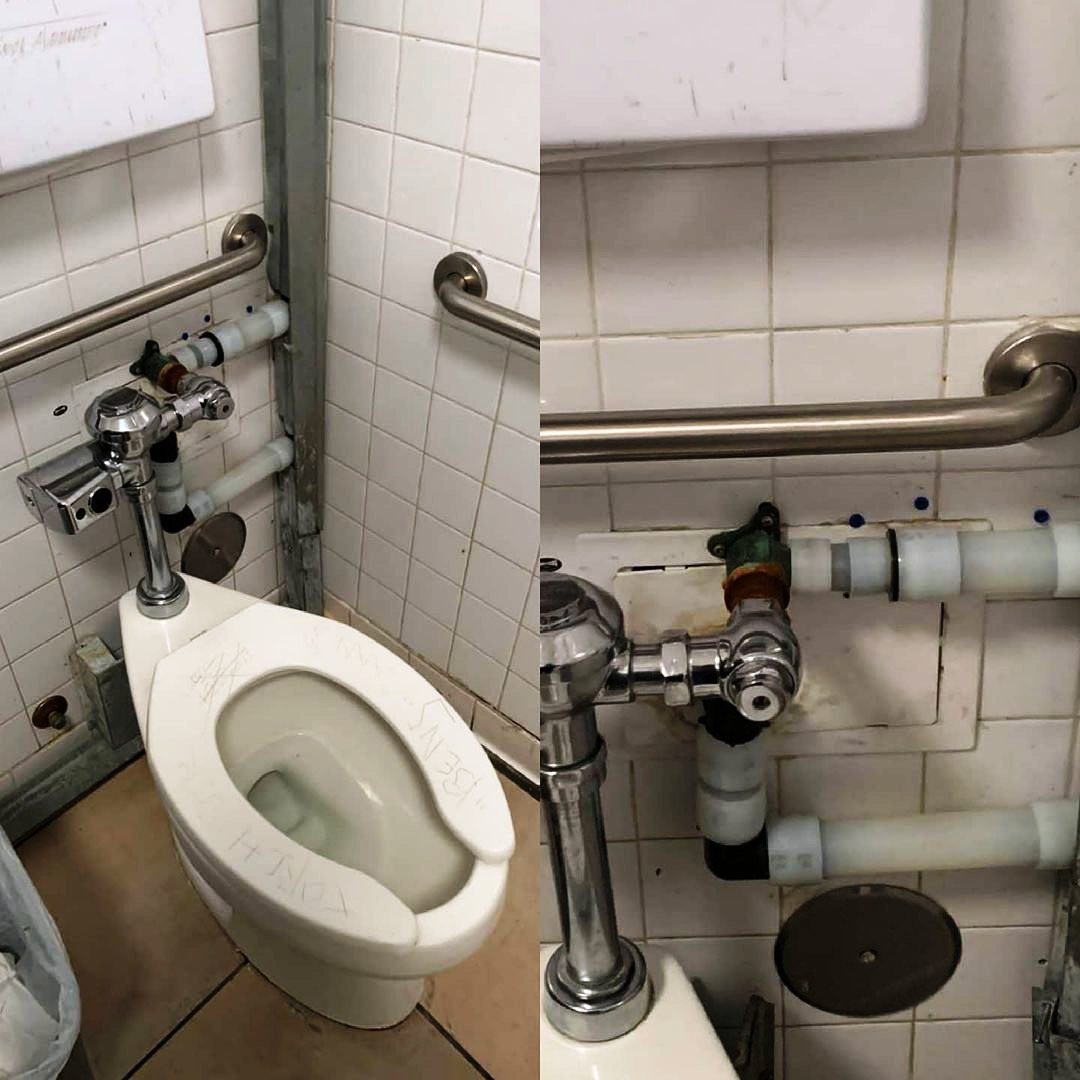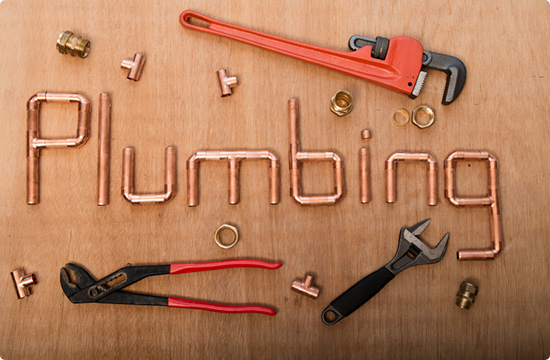Plumbing Sounds You Must Know About
Plumbing Sounds You Must Know About
Blog Article
Just how do you feel about Why is My Home Making Strange Plumbing Noises?

To identify noisy plumbing, it is necessary to determine first whether the unwanted noises happen on the system's inlet side-in various other words, when water is transformed on-or on the drainpipe side. Sounds on the inlet side have varied reasons: too much water pressure, worn valve and also faucet components, improperly connected pumps or various other devices, incorrectly put pipeline bolts, and plumbing runs consisting of too many tight bends or other restrictions. Noises on the drain side normally originate from poor location or, just like some inlet side sound, a design having tight bends.
Hissing
Hissing sound that occurs when a faucet is opened a little typically signals extreme water stress. Consult your local water company if you believe this problem; it will certainly have the ability to tell you the water pressure in your area and also can install a pressurereducing valve on the inbound water supply pipe if needed.
Thudding
Thudding sound, frequently accompanied by shuddering pipelines, when a tap or appliance valve is switched off is a problem called water hammer. The sound and resonance are triggered by the resounding wave of pressure in the water, which all of a sudden has no area to go. Sometimes opening up a shutoff that discharges water promptly right into a section of piping containing a limitation, joint, or tee fitting can create the very same condition.
Water hammer can normally be healed by mounting fittings called air chambers or shock absorbers in the plumbing to which the issue shutoffs or faucets are linked. These devices allow the shock wave produced by the halted circulation of water to dissipate in the air they have, which (unlike water) is compressible.
Older plumbing systems may have brief upright sections of capped pipeline behind wall surfaces on faucet competes the same objective; these can eventually fill with water, minimizing or destroying their effectiveness. The remedy is to drain pipes the water system totally by turning off the major supply of water shutoff and opening all taps. Then open up the main supply valve as well as shut the taps one by one, beginning with the tap nearest the shutoff and finishing with the one farthest away.
Babbling or Screeching
Intense chattering or shrilling that takes place when a shutoff or faucet is switched on, which generally disappears when the fitting is opened fully, signals loosened or malfunctioning internal parts. The option is to change the shutoff or faucet with a brand-new one.
Pumps and home appliances such as cleaning equipments and dishwashing machines can move electric motor noise to pipelines if they are poorly attached. Link such items to plumbing with plastic or rubber hoses-never stiff pipe-to isolate them.
Other Inlet Side Noises
Squeaking, squealing, damaging, breaking, and touching usually are caused by the expansion or contraction of pipes, generally copper ones supplying hot water. The sounds happen as the pipes slide against loose fasteners or strike nearby house framing. You can typically identify the place of the issue if the pipelines are subjected; simply follow the noise when the pipes are making noise. Probably you will discover a loose pipe wall mount or a location where pipes exist so near flooring joists or various other mounting items that they clatter against them. Connecting foam pipe insulation around the pipes at the point of contact should remedy the trouble. Make certain bands as well as wall mounts are protected and also give sufficient support. Where possible, pipeline bolts must be connected to enormous structural elements such as foundation wall surfaces as opposed to to mounting; doing so reduces the transmission of vibrations from plumbing to surfaces that can magnify as well as transfer them. If affixing bolts to framework is inevitable, cover pipelines with insulation or other resilient product where they call bolts, as well as sandwich the ends of new fasteners between rubber washing machines when installing them.
Correcting plumbing runs that suffer from flow-restricting limited or various bends is a last resource that must be carried out only after getting in touch with a competent plumbing professional. Regrettably, this situation is relatively common in older residences that may not have actually been developed with indoor plumbing or that have actually seen a number of remodels, specifically by amateurs.
Drain Noise
On the drainpipe side of plumbing, the chief objectives are to eliminate surfaces that can be struck by dropping or rushing water and also to protect pipes to consist of unavoidable noises.
In brand-new building, bath tubs, shower stalls, bathrooms, and also wallmounted sinks and containers should be set on or against durable underlayments to reduce the transmission of noise through them. Water-saving bathrooms and also faucets are less loud than conventional designs; mount them instead of older kinds even if codes in your location still allow utilizing older components.
Drainpipes that do not run vertically to the basement or that branch right into straight pipe runs supported at floor joists or other framing existing specifically troublesome noise issues. Such pipes are big sufficient to emit substantial vibration; they also bring considerable amounts of water, which makes the circumstance even worse. In brand-new building and construction, specify cast-iron soil pipes (the big pipes that drain pipes commodes) if you can manage them. Their enormity consists of a lot of the sound made by water travelling through them. Additionally, stay clear of routing drainpipes in walls shared with bedrooms and also areas where individuals collect. Wall surfaces containing drains need to be soundproofed as was defined previously, making use of dual panels of sound-insulating fiber board as well as wallboard. Pipelines themselves can be covered with unique fiberglass insulation produced the function; such pipes have an invulnerable vinyl skin (in some cases including lead). Results are not constantly sufficient.
3 Most Common Reasons for Noisy Water Pipes
Water hammer
When water is running and is then suddenly turned off, the rushing liquid has no place to go and slams against the shut-off valve. The loud, thudding sound that follows is known as a water hammer. Besides being alarming, water hammer can potentially damage joints and connections in the water pipe itself. There are two primary methods of addressing this issue.
Check your air chamber. An air chamber is essentially a vertical pipe located near your faucet, often in the wall cavity that holds the plumbing connected to your sink or tub. The chamber is filled with air that compresses and absorbs the shock of the fast moving water when it suddenly stops. Unfortunately, over time air chambers tend to fill with water and lose their effectiveness. To replenish the air chambers in your house you can do the following. Turn off the water supply to your house at the main supply (or street level). Open your faucets to drain all of the water from your plumbing system. Turn the water back on. The incoming water will flush the air out of the pipes but not out of the vertical air chamber, where the air supply has been restored. Copper pipes
Copper pipes tend to expand as hot water passes through and transfers some of its heat to them. (Copper is both malleable and ductile.) In tight quarters, copper hot-water lines can expand and then noisily rub against your home's hidden structural features — studs, joists, support brackets, etc. — as it contracts.
One possible solution to this problem is to slightly lower the temperature setting on your hot water heater. In all but the most extreme cases, expanding and contracting copper pipes will not spring a leak. Unless you’re remodeling, there's no reason to remove sheetrock and insert foam padding around your copper pipes.
Water pressure that’s too high
If your water pressure is too high, it can also cause noisy water pipes. Worse, high water pressure can damage water-supplied appliances, such as your washing machine and dishwasher.
Most modern homes are equipped with a pressure regulator that's mounted where the water supply enters the house. If your home lacks a regulator, consider having one professionally installed. Finally, remember that most plumbers recommend that water is delivered throughout your home at no lower than 40 and no greater than 80 psi (pounds per square inch).
Whatever the state of your plumbing, one thing is certain — you’re eventually going to encounter repair and replacement issues around your home that require professional help. That’s where American Home Shield can come to your aid.
https://www.ahs.com/home-matters/repair-maintenance/causes-of-noisy-water-pipes/

Do you really like reading about Diagnose Unwanted Plumbing Noises? Make a remark down below. We'd be delighted to find out your reactions about this post. In hopes that you visit us again in the near future. Sharing is good. You just don't know, you will be doing someone a favor. We recognize the value of reading our article about Why Your Water Pipes Are Noisy and How To Shut Them Up.
At This Website Report this page